10 THINGS TO DO IN CASE OF AN ACCIDENT
MAY 12, 2022
BY JOHAN JONCKE
While one can do their best to avoid falling victim to a crash, the reality is that it can, especially in South Africa, still happen. Even the most careful driver can suddenly encounter bad luck on the road. What should drivers do when the inevitable happens? The following 10 steps from Arrive Alive will help drivers get through the immediate aftermath of a crash while helping cover their companies’ administrative and legal concerns.
-
- STOP!
When involved in a crash, however slight, do not leave the scene until speaking with the other driver, the police, or both.
-
- Stay Calm
Remain as calm as possible, avoid any inclination to react in anger, particularly when encountering another driver behaving irrationally.
-
- Keep Safety First
When involved in a minor accident with no serious injuries, move the vehicles and occupants safely to the side of the road, out of the way of traffic. If a vehicle cannot be moved and no injuries have occurred, drivers and passengers should remain in the vehicle with seat belts fastened until help arrives. Turn on hazard lights and if safe to do so, place cones, flares, or warning triangles.
-
- Call for Medical Assistance
Call for emergency medical help if anyone involved in the crash is bleeding, feels lightheaded, or is suffering any physical injury. Always err on the side of caution and call for help. Unless someone at the scene is specifically trained in emergency medical procedures, wait until help arrives before attempting to move a person or perform emergency aid.
-
- Contact the Police
Calling the police from the crash site is the best action. If the driver cannot contact the local law enforcement, he or she should instruct someone else to do so. Police officers can address traffic infractions and take notes for the incident record.
-
- Do Not Admit Fault
Do not discuss specific details of the accident with anyone except the police. Be polite, but don’t admit fault to the other driver or the police, even if the driver’s actions led to the crash.
-
- Contact Your Employer
Call the company fleet manager, the accident management company representative, or, if applicable, the insurance company as soon as possible. If your employer’s fleet policy mandates, file a goverment vehicle accident report. Police report often helps insurance companies speed up the claims process.
-
- Photograph and Document the Accident
Use your cell phone to photograph the damage to all vehicles involved. Include photos that reveal the overall context of the crash — road conditions, intersection site, traffic signs or lights, etc.
Record in writing all pertinent information concerning the incident, including:
-
- The Incident. The time and date, a description and exact location of the accident scene, and any recollection of your vehicle’s handling or mechanical functioning immediately prior to the crash.
- Involved Parties. Names, addresses, telephone numbers, vehicle and driver’s license numbers, and insurance carriers.
- Witnesses. Names, addresses, and contact information. If you can use your cell phone to record any witness statements.
- Police Officers. Names, badge numbers, where to obtain a copy of the police report, and issuance of any citations.’
-
- Be Prepared for an Accident
Place in the vehicle glove compartment copies of such important documents as:
-
- Insurance company ID card.
- Valid vehicle registration.
- Medical alerts detailing personal allergy or health conditions that may require special attention if you are seriously injured.
- Keep an emergency kit in your vehicle. At a minimum, this kit should include:
- Road flares or warning triangles.
- Reflective safety vest
- Fully charged power bank for your cell phone
-
- Flashlight with fully charged batteries.
- First aid kit.
- Basic tool kit.
- Duct tape.
- Pad of paper and pen.
-
- If Someone Needs Help in an Accident
If the driver encounters an accident scene and wishes to offer immediate help, pull the vehicle off the road ahead of the crash site. Do not park in back of the accident; your vehicle will be vulnerable to traffic and could block the view of emergency or police vehicles as they arrive at the scene.
Determine first if anyone has sustained injuries and, if needed, immediately call for medical assistance.
